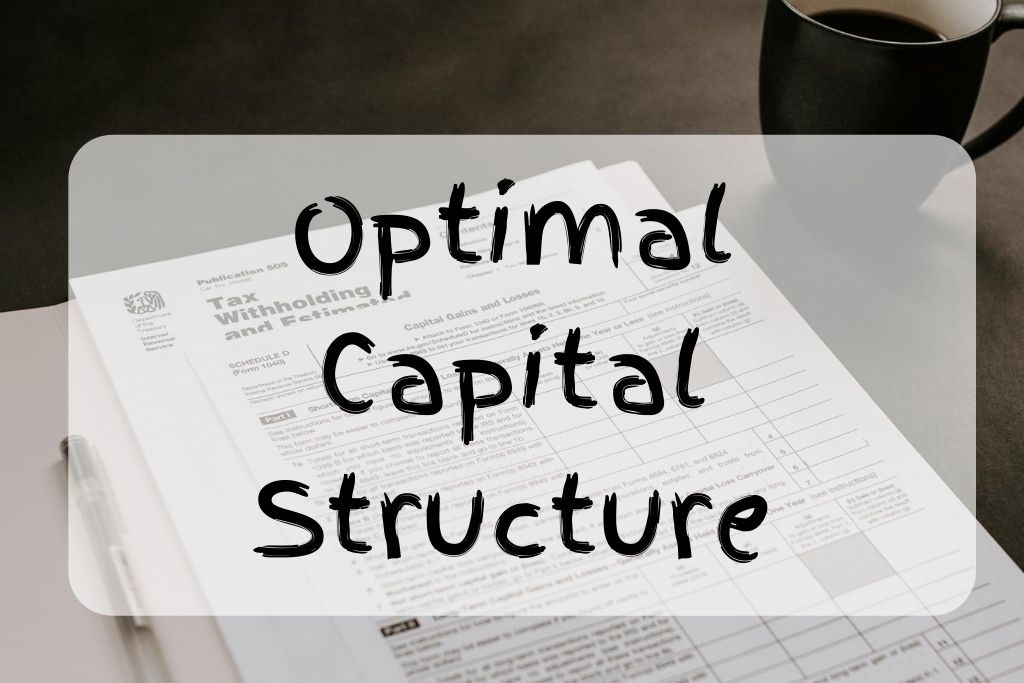What Is Optimal Capital Structure?

Definition of Optimal Capital Structure
- The optimal capital structure of a firm is the right combination of equity and debt financing.
- It allows the firm to have a minimum cost of capital while having the maximum market value.
- The lesser the cost of capital, the more the market value of the company.
- Debt financing may have the lowest cost, but having too much of it would increase risks to the shareholders.
- So, firms need to find a balance between both to benefit from it entirely.
Want to learn more financial ratios?
Get the eBook explaining some of the most useful ratios for free now.
What Impacts the Optimal Capital Structure?
- WACC
- Cost of debt
- Cost of equity
How to Calculate the Optimal Capital Structure?
- There is no specific formula to find the optimal capital structure, but what can be done is minimizing the WACC by listing out all the possibilities.
- Because it is tax-deductible, debt financing tends to have a lower cost than equity financing.
- However, it has to be kept in mind that having too much debt financing will affect the level of risk the company has.
Why is the Optimal Capital Structure Important?
- Firms that can manage to have an optimal capital structure would benefit from having more market value while having the minimum cost.
- Firms need to have it because no firms want to be paying too much money for less value.
Learn some of the most useful financial ratios!
Don’t miss this free eBook.
